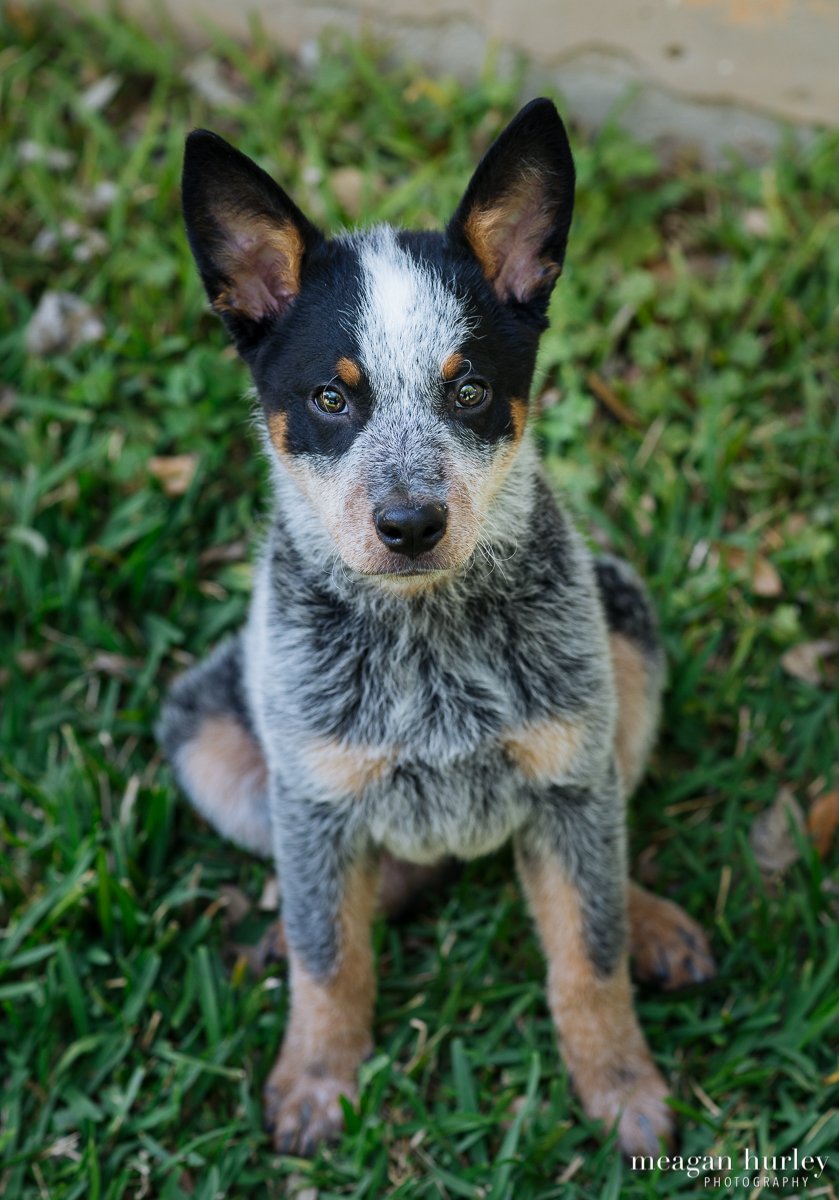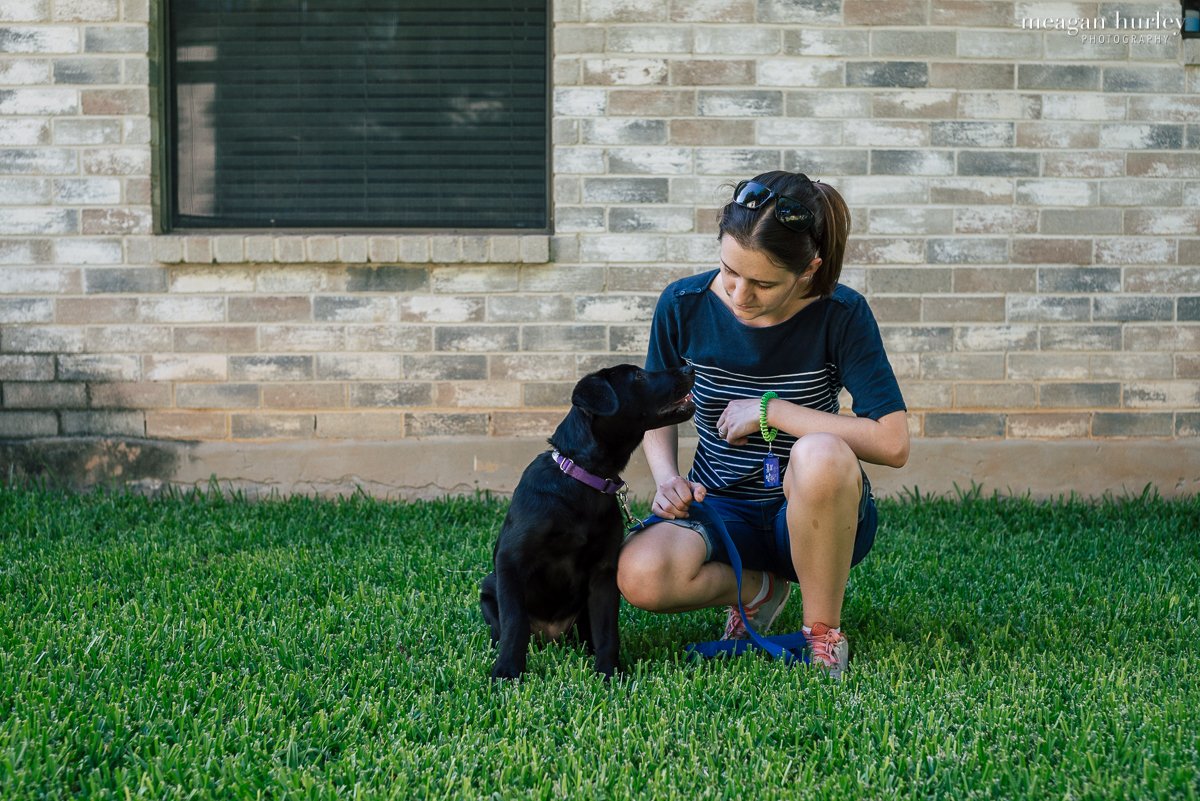How to correct my puppy?
“How do I correct my puppy?”
“How do I tell her that’s wrong?”
In short: I don’t.
Yep, as a professional dog trainer, I don’t really correct puppies. At least not in the traditional sense and not as my Plan A.
Before I lose you, let me explain.
#1 This does not mean I never say, “uh-uh…what do you think you’re doing?!…ouch…leave that alone…that’s enough...”
Yes, I talk to puppies and dogs, and yes, sometimes my words express displeasure.
However, I don’t, ultimately, expect those words to fix the problem — although sometimes I wish they would.
Instead, those words function as an interrupter to temporarily stop the behavior in that moment. Once the behavior is stopped, I rearrange the environment or adjust my behavior to make it nearly impossible for the puppy to keep repeating that wrong behavior. If I have to keep saying “cut it out,” that’s a problem.
There’s a difference between involuntarily exclaiming, “ow!” when puppy bites down hard, and making “ow!” part of the plan to reduce biting.
#2 This does not mean I let puppies do whatever they want.
House manners and life skills are essential for enjoying life with your puppy now and for the rest of his life.
The furniture and baseboards are not for chewing on
Humans are not jungle-gyms or chew toys
Dragging me down the street is not okay
I do have standards for behavior.
I just don’t rely on the puppy’s self-control to meet those standards. Instead, I assume the puppy will make the wrong choice given the opportunity (after all, no one has to teach puppies to do stuff we don’t like — they do it by default!) and proactively make that as impossible as possible.
#3 I let consequences do the talking.
Now, be careful here. Consequences aren’t synonymous with corrections. In training, a consequence is anything that follows a behavior. Giving your dog a treat when he sits is a consequence.
As a professional dog trainer, my primary means of communication is through consequences — not verbal instructions — and my goal is to minimize the “you’re wrong” consequences and maximize the “you’re right!” consequences. This is clearer and less frustrating for the puppy.
For example, if I were teaching “Stay” while the food bowl goes down, I would treat very frequently (“great job!”) for staying while I lower the bowl. If the puppy gets up, I would stand up and bring the bowl back to my chest (“oops, that’s wrong”). Consequences that I control are doing the talking.
However, if I have to keep removing the bowl because the puppy keeps standing up, that’s not good. I need to minimize his failures by treating more often and/or working up to completely lowering the bowl over several sessions.
Meet the Dog Trainer and Blog Author
Leighann founded Koinonia Dogs in 2014 and has been a Certified Professional Dog Trainer since 2019.
She's a problem-solver by nature and loves creating cooperation through conflict-free communication so both ends of the leash enjoy life together.
She lives and works in Austin, TX


